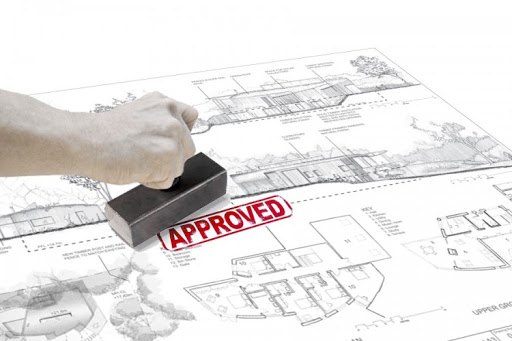
Are you thinking about buying or selling a property in the near future? You need to be aware of something that might delay or frustrate your well made plans: planning.
When you are buying or selling a property one aspect of the transaction which is of critical importance is the situation regarding compliance with planning permission and building regulations.
1. Development carried out?
The first question to address is whether there was any development carried out on the property. If there was development-and development has a specific meaning in the context of the planning laws-there must be planning permission, or the development must have been exempt.
All development which is “pre 1963” (1st October 1964) is exempt. Other exemptions include those set out in section 4 of the Planning and Development Act 2000.
If the development was not exempt and there is no planning permission, there is three possible outcomes:
- An application for retention permission. Two problems which arise are a) the length of time it will take to apply and receive the decision and b) the possibility that permission will not be granted.
- Demolish the unauthorised structure or cease the unauthorised use.
- Rely on the “seven year rule” which is contained in section 157 of the Planning and Development Act 2000 which prevents the planning authority from serving a notice or commencing proceedings on foot of the development.
(4) (a) No warning letter or enforcement notice shall issue and no proceedings for an offence under this Part shall commence—
(i) in respect of a development where no permission has been granted, after seven years from the date of the commencement of the development;
2. Compliance with bye-law approval or building regulations?
The property may be located in an area where bye-law approval was not required. If it is then this will not be a problem.
On the other hand if it is in such an area you can ascertain if a surveyor/architect will say that while bye-law approval was not obtained the development would have complied if approval had been sought. There is also the possibility of an amnesty applying for developments carried out prior to 13th December 1989 for if no notice was served before 1st December 1992 then the Bye-Law Amnesty will apply and the works will be deemed to have been carried out in compliance with the bye-laws.
If building regulations applied to the development and there is no certificate of compliance there is no solution, per se.
3. Architect’s certificate of compliance with planning and building regulations
All developments, even those that are exempt, should have certificates of compliance with planning permission and building regulations. Developments prior to 1st December 1975 should not need a certificate of compliance as it was not the practice to provide such certificates for residential properties at that time.
Conclusion
The planning situation regarding a property has the potential to cause a serious problem for you, regardless of whether you are buying or selling. If you are selling, a little advanced planning (pardon the pun) is strongly recommended.